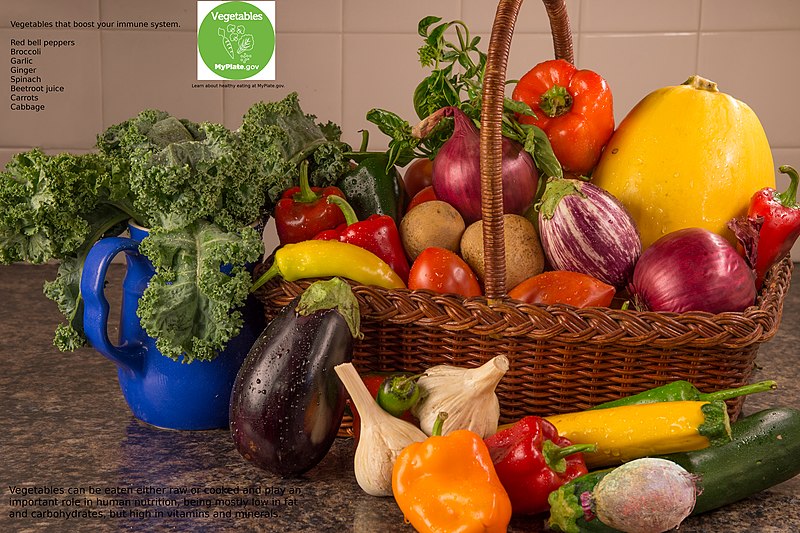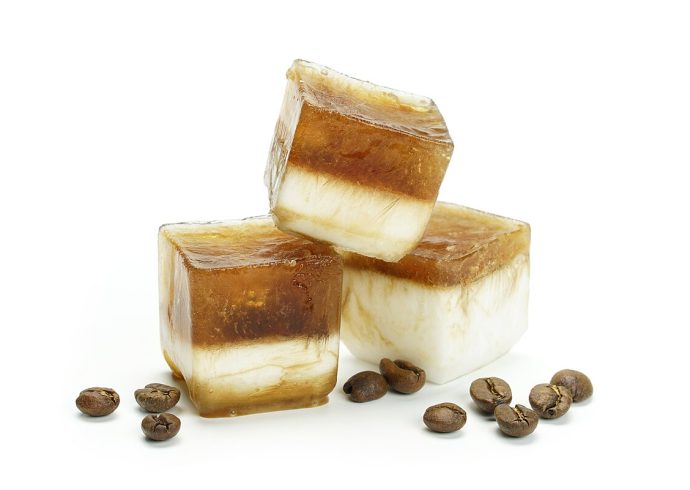
Transitioning from Vegan to Raw Foods
If you are a vegan who is considering the raw foods diet, the transition does not have to be a challenge. Even if you have always been a vegan since childhood, you can gradually introduce fish and lean meat into your diet as a raw foodist. As a rule, vegans do not consume food or wear clothing of animal origin, which includes milk, eggs, and seafood. Vegans do, however, eat lots of vegetables, fruits, and legumes, the latter which is their primary source of protein. A raw foods diet is one that consists of 75% to 100% raw foods. Vegetables, fruits, wheat grass, nuts provide the basic nutrients for a person’s raw foods diet. The other smaller percentage can include cooked foods, especially lean meats or fish. While even cooked vegetables contain phytochemicals that will boost the body’s immune system, eating raw foods in their natural state have all the antioxidants intact so none burn out or become affected through heat.
A raw foods diet removes toxins in the body that can be caused through the consumption of overcooked meats and vegetables. Below is a five day period to the transition from vegan to raw foods:
On the first day of the transition, start out with a snack of raw foods. If you have a vegan breakfast, make your midmorning snack one of raw vegetables or juice made in a juicer. You can buy inexpensive juicers at any department or kitchen supply store. You can add some wheat grass with your vegetables in the juice. High water vegetables like cucumbers, tomatoes, and celery make a great tasting vegetable juice. If you are not used to juice as part of your vegan diet, it is a great way to transition because you are still getting your vitamins through the raw vegetables. As an added plus, raw tomatoes are high in antioxidants, which help keep some cancers from forming in your body.
On the second day, make one meal of the day completely raw foods. Lunch is the best bet as you can more than likely tell the difference in your energy level during the afternoon if you are at work or home. A big lunch, usually of cooked food, can cause drowsiness in many people, whereas a raw foods meal can actually boost your energy level. A salad with raw green lettuce, radicchio, avocado, cucumbers, red tomatoes, and wheat sprouts with a vinaigrette dressing will give you the necessary energy for the rest of your work day.
On the third day, try to eat raw foods with two meals, like breakfast and lunch. Here, you can have either fresh fruit, or freshly squeezed fruit juice with your breakfast. Lunch can be a combination of raw vegetables and pita bread.
On the fourth day, you can introduce raw fish, such as sushi, into your diet. If you were a meat eater before you became a vegan, it is also possible to return to eating cooked fish or lean meat, but only if you have the desire to. Otherwise, you can keep one meal a day, supper, as the one with a cooked entree. A salad of raw foods, or other side dish of raw foods makes an excellent complement to your cooked vegan dish.
On the fifth day, you are almost there. Make it a priority to have several snacks a day of raw foods, keeping just the evening meal the one with cooked foods. You can occasionally have a breakfast with cooked whole grains, as in a cereal or bagel. Freshly squeezed juice, raw fruits added to your evening meal, and desserts that include nuts can optimize the nutrients your body needs.
Enjoy your new raw foods diet!
Image Credit: Pinus Sylvestris 1, U.S. Department of Agriculture (USDA photo by Preston), via Wikimedia Commons.


